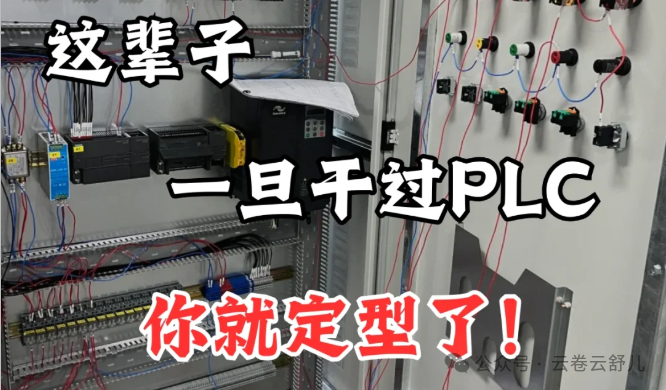

PLC Application Example: Waste Incineration Power Generation Control, Efficiency Increased by 20%!
📚 Reading Time: 8 minutes | Practical Value: Enhancing Waste Incineration Power Generation Efficiency
>
Have you encountered these issues?
– Is the waste incineration power generation efficiency always unable to break through the bottleneck?
– Are there frequent coordination errors between DCS and PLC?
– Do temperature fluctuations in the incinerator lead to unstable power generation?
– Is the response speed of the flue gas treatment system slow?
⚠️ Industry Pain Points
- 1. Unstable calorific value of waste leads to low incineration efficiency
- 2. Complex multi-system coordinated control with response delays
- 3. Environmental indicators are difficult to maintain compliance
🎯 Key Points of This Article
- 1. Intelligent combustion control strategy optimization
- 2. DCS-PLC coordinated control solution
- 3. Real-time optimization of key parameters technology
▎ Step 1: System Architecture Design
Adopt alayered control architecture for precise control. The PLC is responsible for field device control, while the DCS is responsible for process optimization.
📋 Key Operations:
- ConfigureSiemens S71500 as the main control PLC
- Establishfiber optic ring network to ensure communication reliability
- Achieve1ms level response for real-time control
💡 Expert Tip: UsingOPC UA protocol can significantly enhance system integration.
▎ Step 2: Intelligent Combustion Optimization Control
Enhance incineration efficiency throughfuzzy PID algorithm.
📋 Key Operations:
- Writeadaptive PID control program
- Setfurnace temperature gradient control algorithm
- Achievereal-time adjustment of feed amount
⚠️ Note: Furnace temperature fluctuations must not exceed±15℃, otherwise it will affect power generation efficiency.
▎ Step 3: Flue Gas Treatment System Optimization
Adopt amulti-loop linkage control strategy.
📋 Key Operations:
- ConfigureNOx online monitoring feedback
- AchieveSNCR denitrification automatic control
- Optimizebag filter cleaning cycle
▎ Step 4: Power Generation Efficiency Improvement Plan
Implementdynamic optimization of steam parameters.
📋 Key Operations:
- Real-time optimization of turbine operating conditions
- Intelligent adjustment of condensate system
- Grid connection control of generator set
📊 Practical Application
After adopting this plan, a municipal waste power plant has achieved a15% increase in daily processing capacity and a 20% increase in power generation efficiency, with all environmental indicators meeting standards.
❓ Troubleshooting
Q1: How to solve the problem of fluctuating waste calorific value?
A1: Useonline calorific value analysis + adaptive feed amount adjustment solution.
Q2: How does the system ensure safety?
A2: Implementtriple safety interlock + automatic fault diagnosis mechanism.
💻 Brand Compatibility Key Points
- Siemens S7 Series: Excellent communication performance, suitable for large projects
- Rockwell ControlLogix: Flexible programming, easy maintenance
- Mitsubishi iQR Series: Fast response speed, suitable for high-speed control
📝 Summary
- 1. Reasonable planning ofsystem architecture is key
- 2. Intelligent algorithms help improve efficiency
- 3. Real-time monitoring ensures system stability